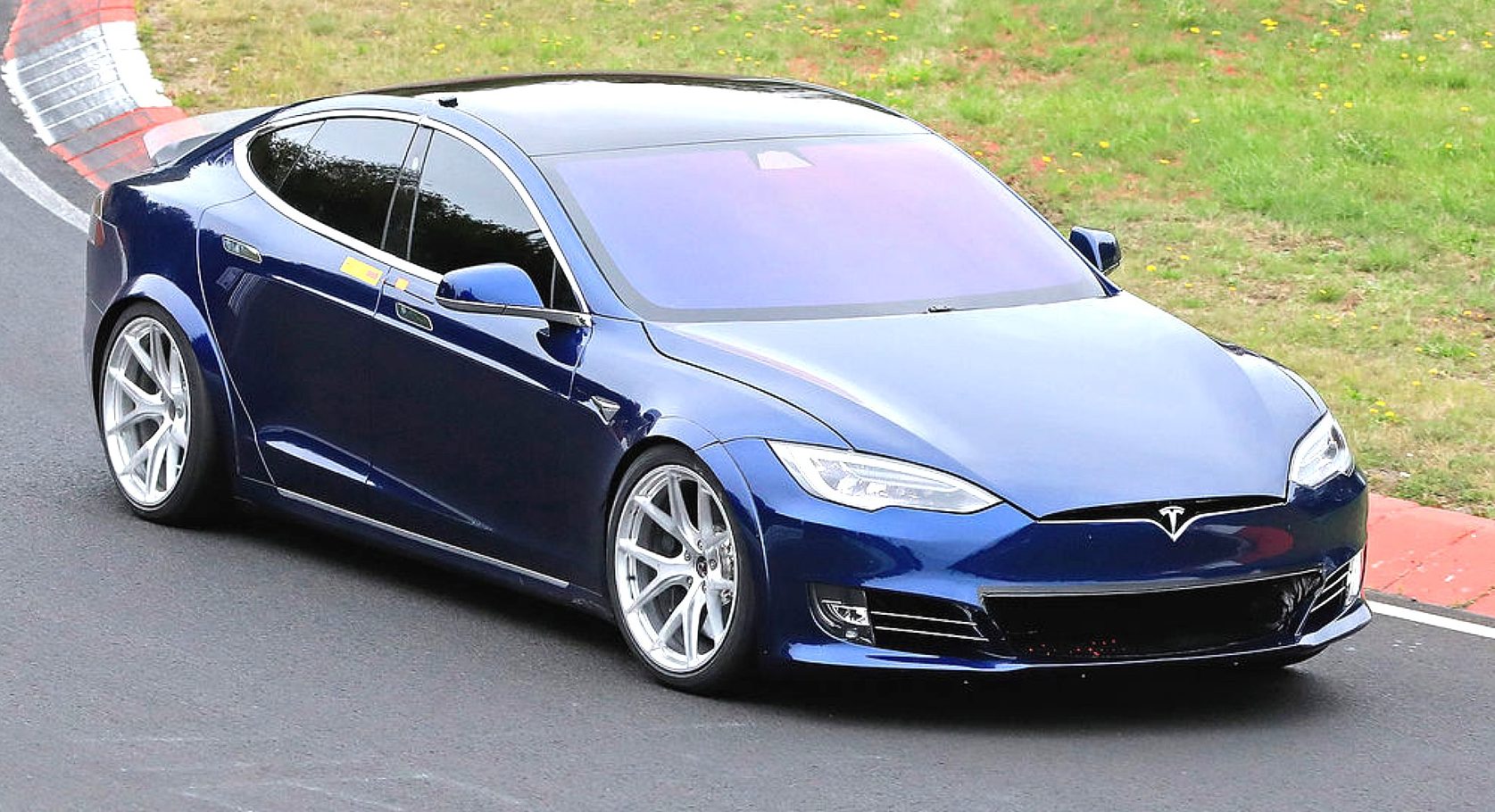
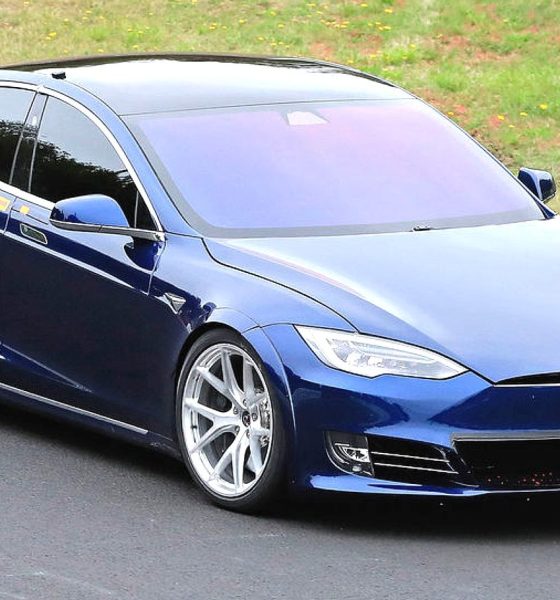
News
Tesla Model S is approaching a 400-mile range, says Elon Musk
CEO Elon Musk said during the Tesla Q4 2019 earnings call that the Model S is getting closer to achieving a 400-mile range as battery technology improves and as important pieces of the puzzle come into play to achieve the ambitious.
One investor asked the Tesla chief when the Models S and Model X will shift from 18650 cells to 2170 cells since this could be the reason why the sales of the pricier electric vehicles in the Tesla garage have stayed flat. Elon Musk explained Tesla’s current rationale for the Model S as follows.
“The core chemistry inside the 18650 cells has improved many times over the years so it’s really the form factor as opposed to a core technology…We’re pretty happy with the energy content, the improvements, and the efficiency of the vehicle. We’re rapidly approaching a 400-mile range for the Model S, for example,” Musk said.
The Model S has an EPA-certified range between 348 miles and 373 miles while the Model X SUV can go between 305 miles and 328 miles on a single charge. Meanwhile, the entry-level Standard Range Plus Model 3 can travel 250 miles on a charge, while the Performance and Long Range AWD variant can go 322 miles. Musk noted that the figures in the Model S and X order pages are actually conservative.
“Actually, the Model S and X actually have more range than we are currently stating on the website. We just haven’t gotten around to updating the EPA-certified number but the actual range of the Model S and X are above what the website says they are,” Musk said.
While Musk did not provide a direct answer when the Model S and X will switch from 18650 to 2170 battery cells or will there really be a need to do that, the Tesla co-founder and chief executive confirmed last November that the company is planning to use a new battery pack for the Plaid Model S and Model X, which features a three electric motor setup.
New hardware incoming.
Integrated inductive phone charger (Qi) for S/X cars.
Two new S/X battery types in several configs (not yet sure of the capacity – TBD)
new lumbar (so new seats?)
New charge port type.
New suspension version.
I would speculate all these are imminent 1/— green (@greentheonly) January 25, 2020
Recently, Tesla community hacker Green spotted two new battery types with several configurations for the Models S and Model X. This could be related to the release of the Plaid variants, as well as upcoming announcements during the Tesla Battery Day that’s tentatively scheduled to happen in April.
During the Q4 2019 earnings call, Musk was also asked what it plans to do with Maxwell Technologies. Tesla completed the acquisition of the company that is focused on batteries and ultracapacitors in May 2019.
The Tesla chief was quick to reply that “It’s an important piece of the puzzle.”
“We’re going to talk about this in battery day which is probably April and then a lot of these questions will be answered. I think it’s going to be a very compelling story,” he said. “I think it’s gonna actually blow people’s minds. It blows my mind,” Musk added.

News
Tesla launches its new branded Supercharger for Business with first active station
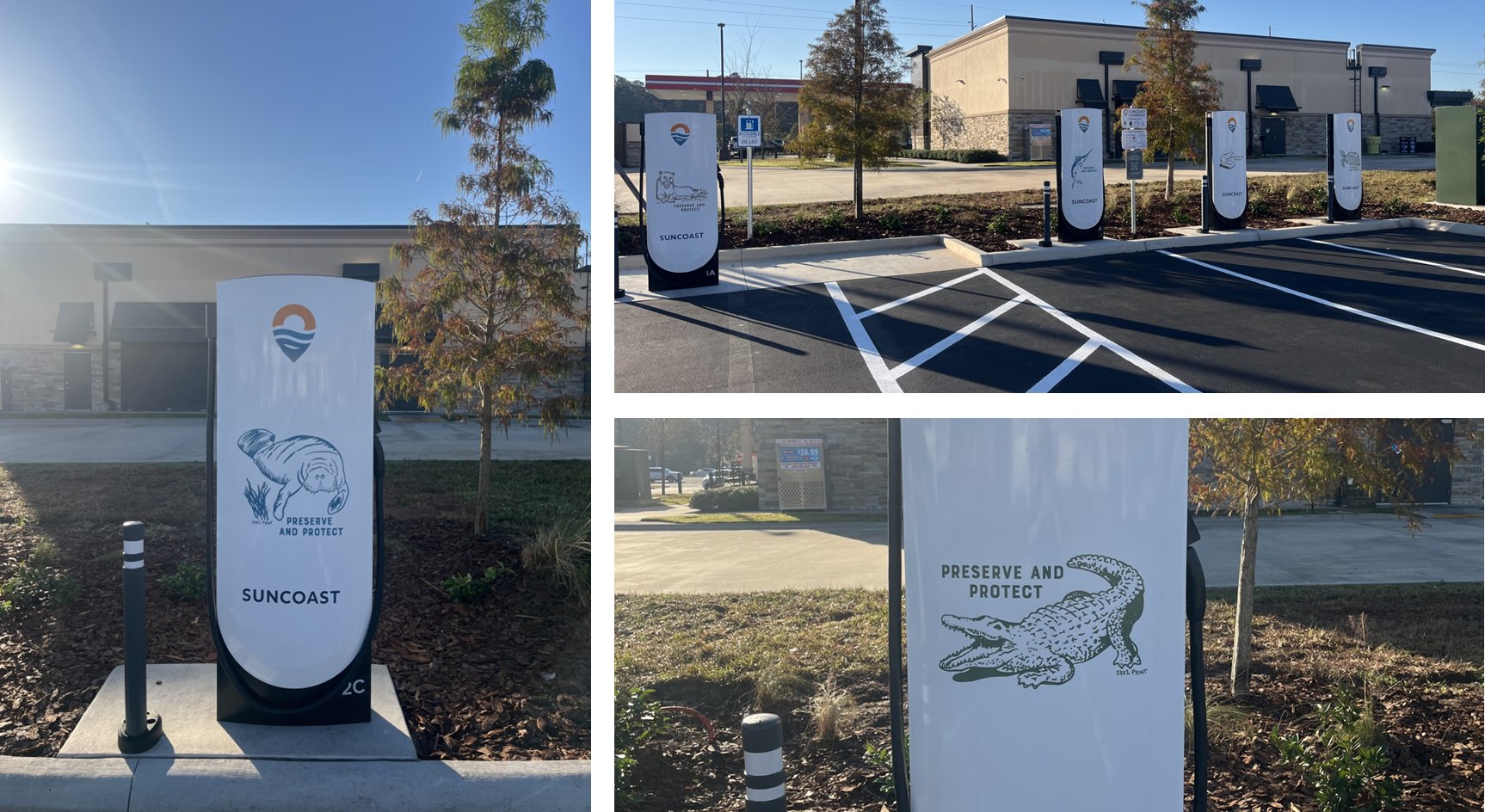
Tesla has officially launched its first branded Supercharger just months after initiating a new program that allows third-party companies to brand their own charging piles.
The site opened in Land O’ Lakes, Florida, and features eight V4 Supercharging stalls offering up to 325 kW of charging speed. It appears it was purchased by a company called Suncoast Credit Union. This particular branch is located Northeast of Tampa, which is on the Gulf of Mexico.
It features graphics of Florida animals, like alligators:
Here’s a video of the graphics being installed on the Tesla Superchargers at this site: https://t.co/oIfEPNZjAH pic.twitter.com/ENWakZ2qT9
— TESLARATI (@Teslarati) November 20, 2025
Tesla launched this program back in September, and it basically was a way to expand its Supercharger presence and also allow companies to pay for the infrastructure. Tesla maintains it. When it announced the “Supercharger for Business,” it said:
“Purchase and install Superchargers at your business. Superchargers are compatible with all electric vehicles, bringing EV drivers to your business by offering convenient, reliable charging.”
The program does a few things. Initially, it expands EV charging infrastructure and makes charging solutions more readily available for drivers. It can also attract people to those businesses specifically.
Tesla launches new Supercharger program that business owners will love
The chargers can also be branded with any logo that the business chooses, which makes them more personalized and also acts as an advertisement.
The best part is that the customers do not have to maintain anything about the Supercharger. Tesla still takes care of it and resolves any issues:
“We treat your site like we treat our sites. By providing you with a full-service package that includes network operations, preventative maintenance, and driver support, we’re able to guarantee 97% uptime–the highest in the industry.”
It appears the Superchargers will also appear within the in-car nav during routing, so they’ll be publicly available to anyone who needs to use them. They are still available to all EVs that have worked with Tesla to utilize its infrastructure, and they are not restricted to people who are only visiting the business.
Cybertruck
Tesla reveals its Cybertruck light bar installation fix
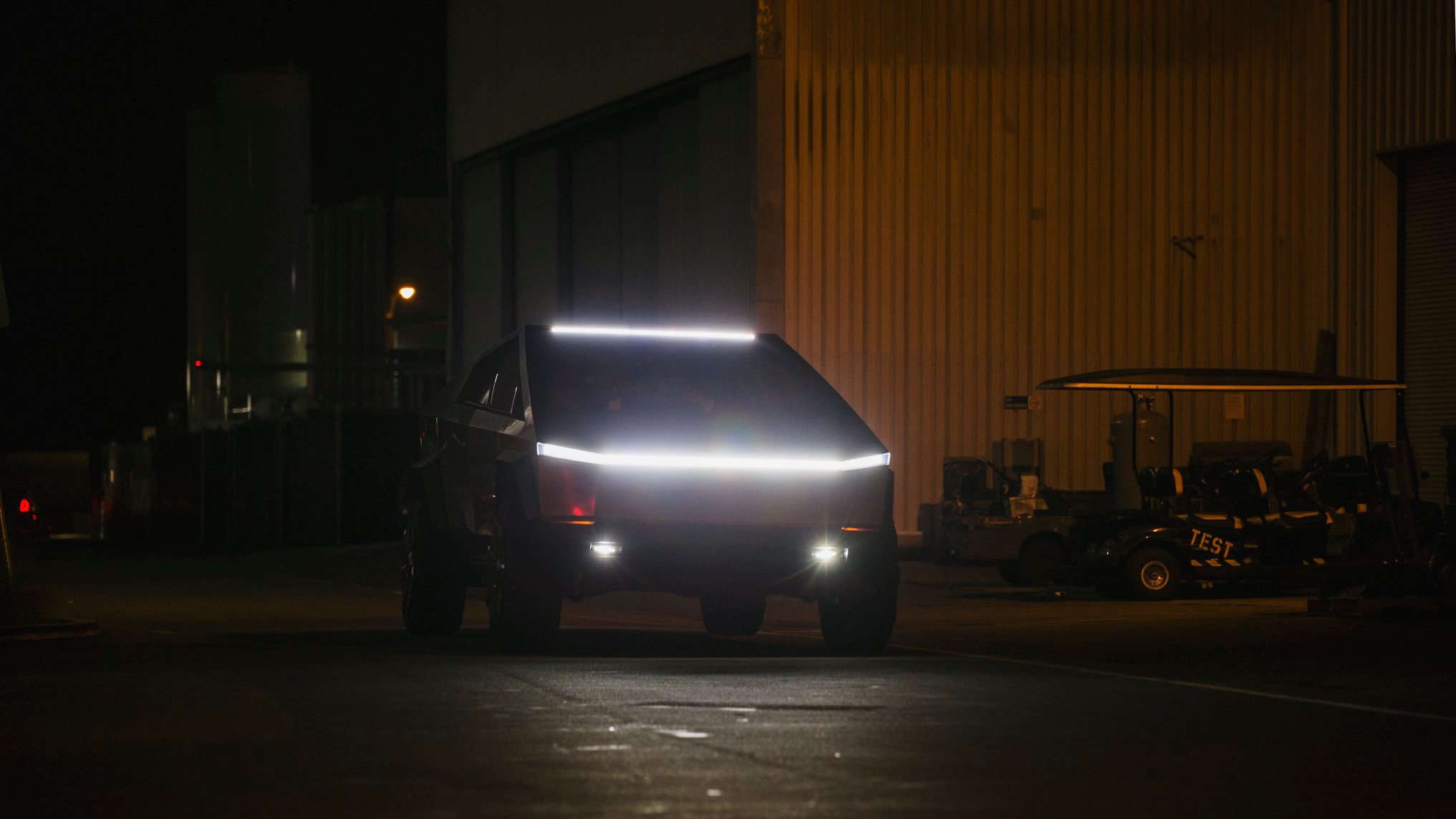
Tesla has revealed its Cybertruck light bar installation fix after a recall exposed a serious issue with the accessory.
Tesla and the National Highway Traffic Safety Administration (NHTSA) initiated a recall of 6,197 Cybertrucks back in October to resolve an issue with the Cybertruck light bar accessory. It was an issue with the adhesive that was provided by a Romanian company called Hella Romania S.R.L.
Tesla recalls 6,197 Cybertrucks for light bar adhesive issue
The issue was with the primer quality, as the recall report from the NHTSA had stated the light bar had “inadvertently attached to the windshield using the incorrect surface primer.”
Instead of trying to adhere the light bar to the Cybertruck with an adhesive, Tesla is now going to attach it with a bracketing system, which will physically mount it to the vehicle instead of relying on adhesive strips or glue.
Tesla outlines this in its new Service Bulletin, labeled SB-25-90-001, (spotted by Not a Tesla App) where it shows the light bar will be remounted more securely:
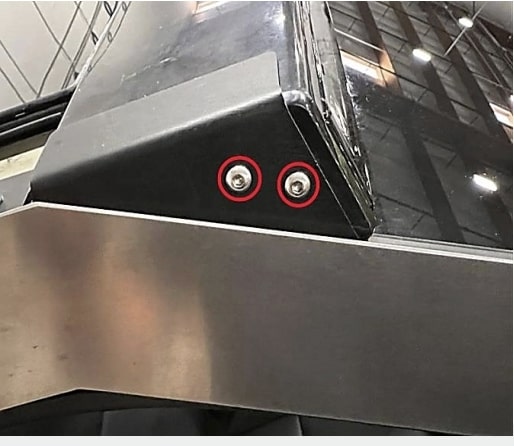
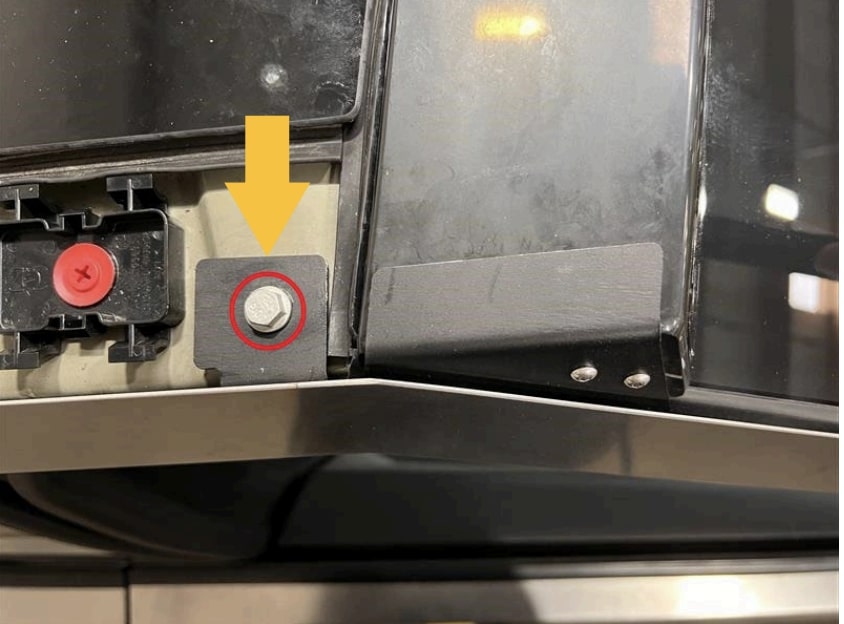
The entire process will take a few hours, but it can be completed by the Mobile Service techs, so if you have a Cybertruck that needs a light bar adjustment, it can be done without taking the vehicle to the Service Center for repair.
However, the repair will only happen if there is no delamination or damage present; then Tesla could “retrofit the service-installed optional off-road light bar accessory with a positive mechanical attachment.”
The company said it would repair the light bar at no charge to customers. The light bar issue was one that did not result in any accidents or injuries, according to the NHTSA’s report.
This was the third recall on Cybertruck this year, as one was highlighted in March for exterior trim panels detaching during operation. Another had to do with front parking lights being too bright, which was fixed with an Over-the-Air update last month.
News
Tesla is already expanding its Rental program aggressively
The program has already launched in a handful of locations, specifically, it has been confined to California for now. However, it does not seem like Tesla has any interest in keeping it restricted to the Golden State.
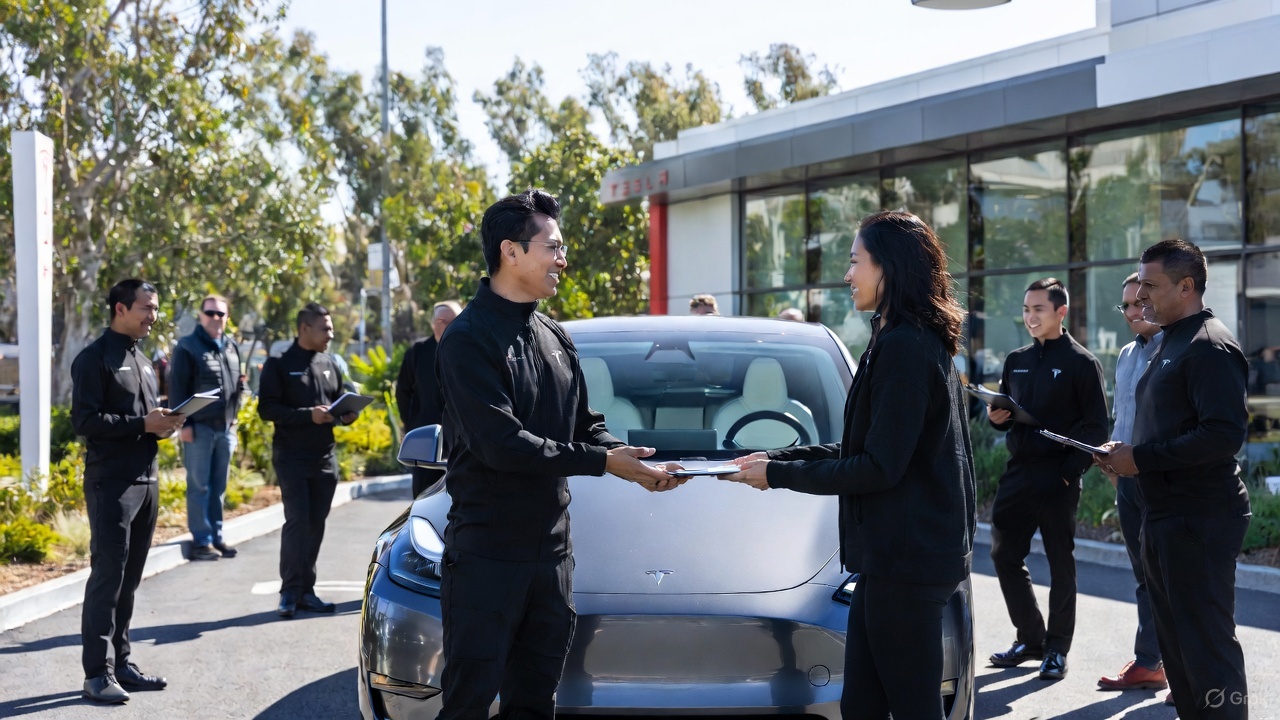
Tesla is looking to expand its Rental Program aggressively, just weeks after the program was first spotted on its Careers website.
Earlier this month, we reported on Tesla’s intention to launch a crazy new Rental program with cheap daily rates, which would give people in various locations the opportunity to borrow a vehicle in the company’s lineup with some outrageous perks.
Along with the cheap rates that start at about $60 per day, Tesla also provides free Full Self-Driving operation and free Supercharging for the duration of the rental. There are also no limits on mileage or charging, but the terms do not allow the renter to leave the state from which they are renting.
🚨🚨 If you look up details on the Tesla Rental program on Google, you’ll see a bunch of sites saying it’s because of decreasing demand 🤣 pic.twitter.com/WlSQrDJhMg
— TESLARATI (@Teslarati) November 10, 2025
The program has already launched in a handful of locations, specifically, it has been confined to California for now. However, it does not seem like Tesla has any interest in keeping it restricted to the Golden State.
Job postings from Tesla now show it is planning to launch the Rental program in at least three new states: Texas, Tennessee, and Massachusetts.
The jobs specifically are listed as a Rental Readiness Specialist, which lists the following job description:
“The Tesla Rental Program is looking for a Rental Readiness Specialist to work on one of the most progressive vehicle brands in the world. The Rental Readiness Specialist is a key contributor to the Tesla experience by coordinating the receipt of incoming new and used vehicle inventory. This position is responsible for fleet/lot management, movement of vehicles, vehicle readiness, rental invoicing, and customer hand-off. Candidates must have a high level of accountability, and personal satisfaction in doing a great job.”
It also says that those who take the position will have to charge and clean the cars, work with clients on scheduling pickups and drop-offs, and prepare the paperwork necessary to initiate the rental.
The establishment of a Rental program is big for Tesla because it not only gives people the opportunity to experience the vehicles, but it is also a new way to rent a car.
Just as the Tesla purchasing process is more streamlined and more efficient than the traditional car-buying experience, it seems this could be less painful and a new way to borrow a car for a trip instead of using your own.








